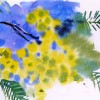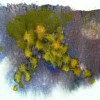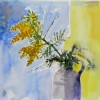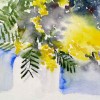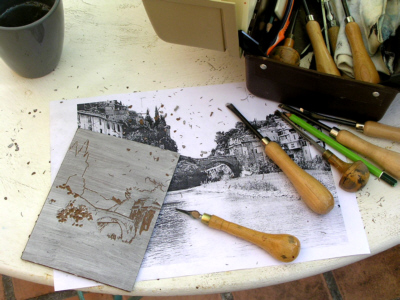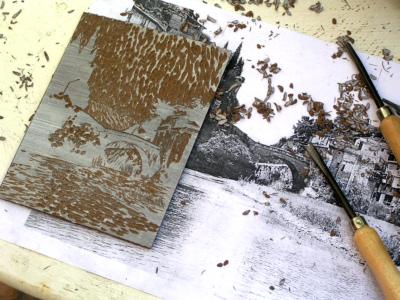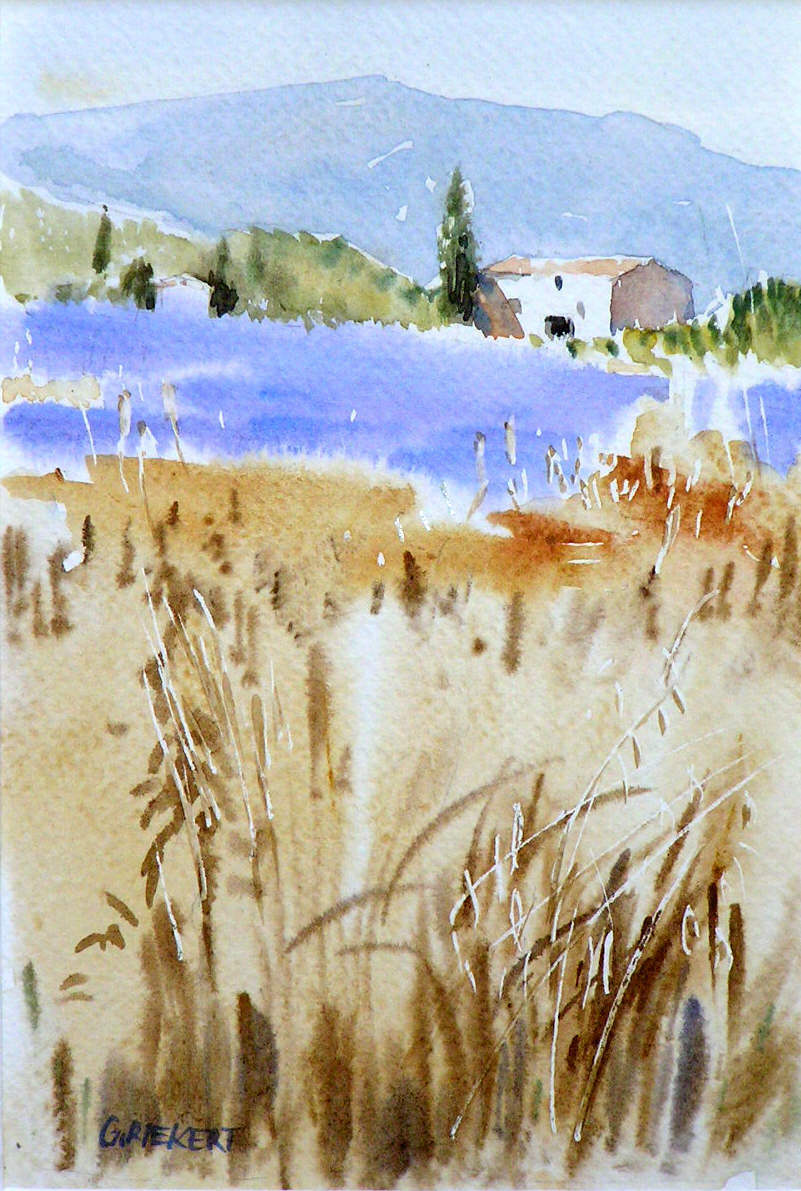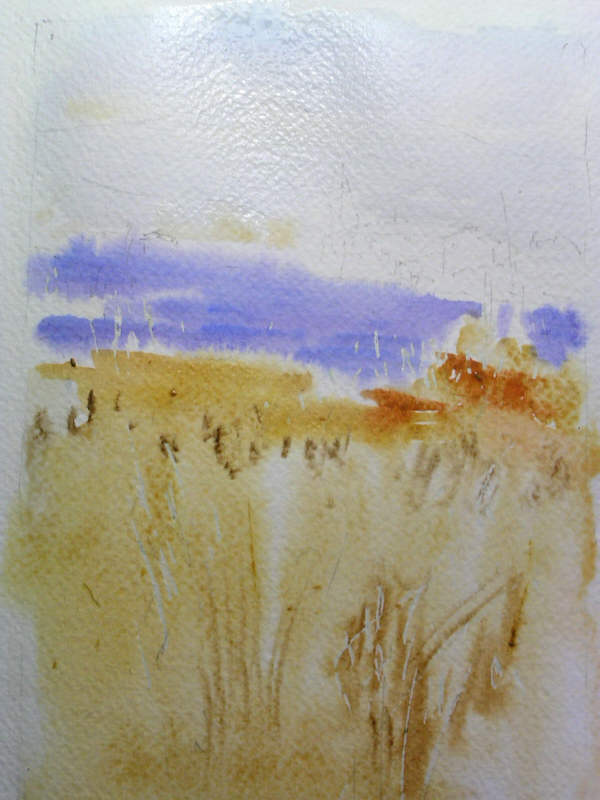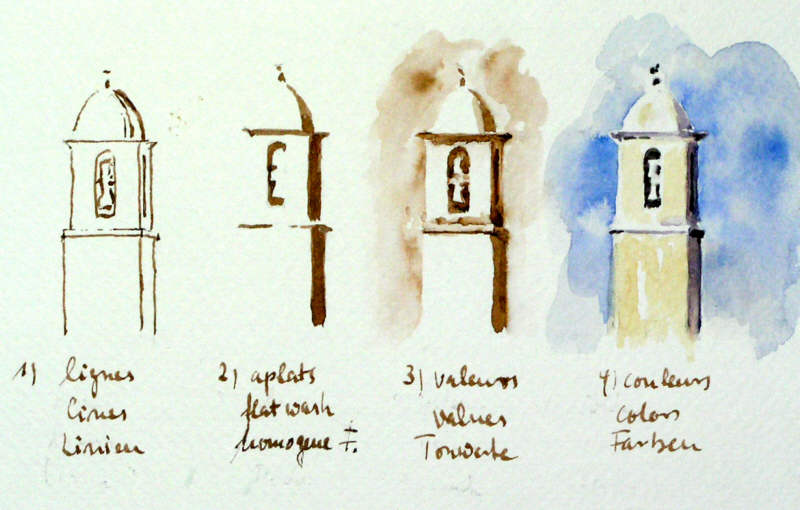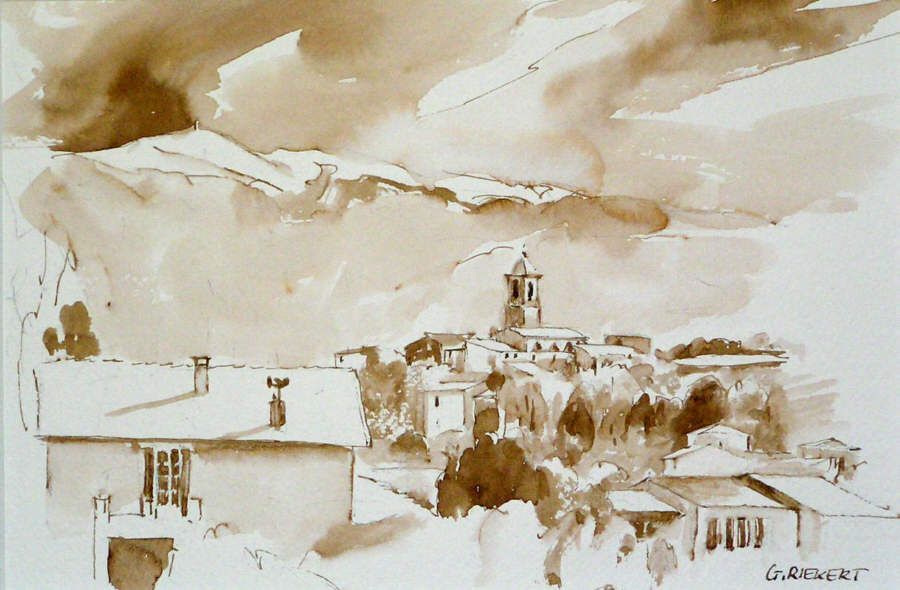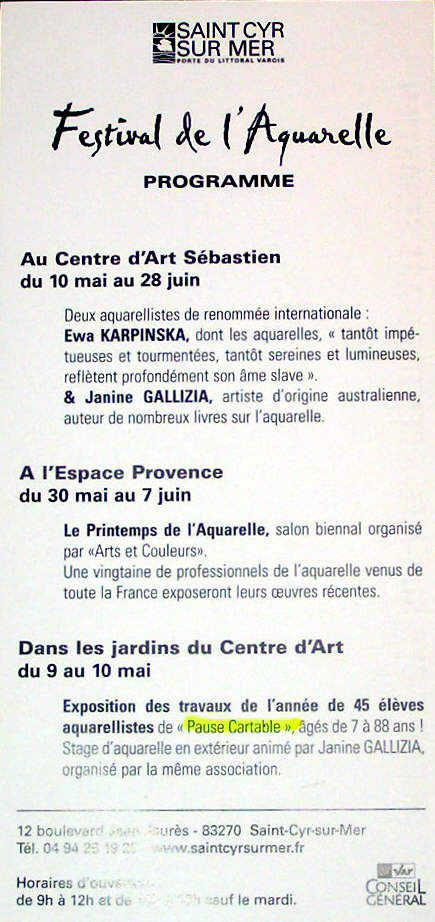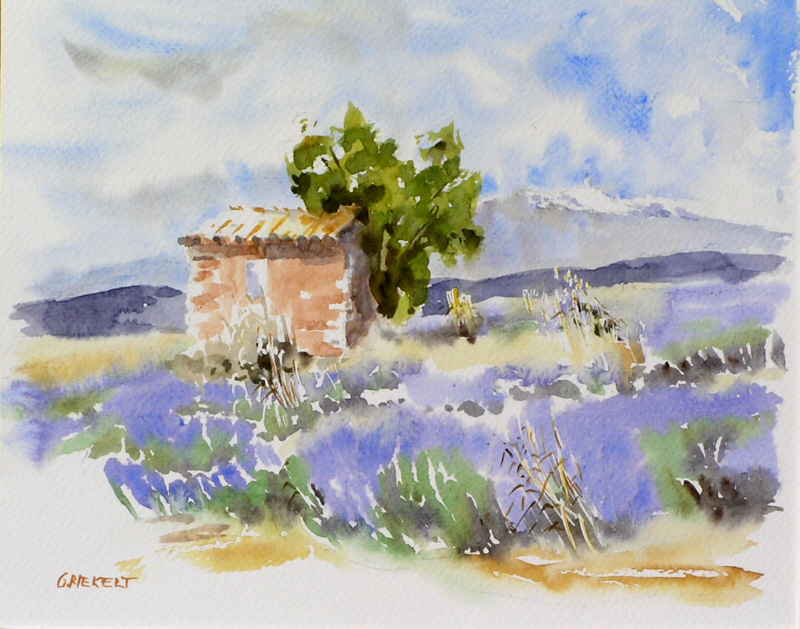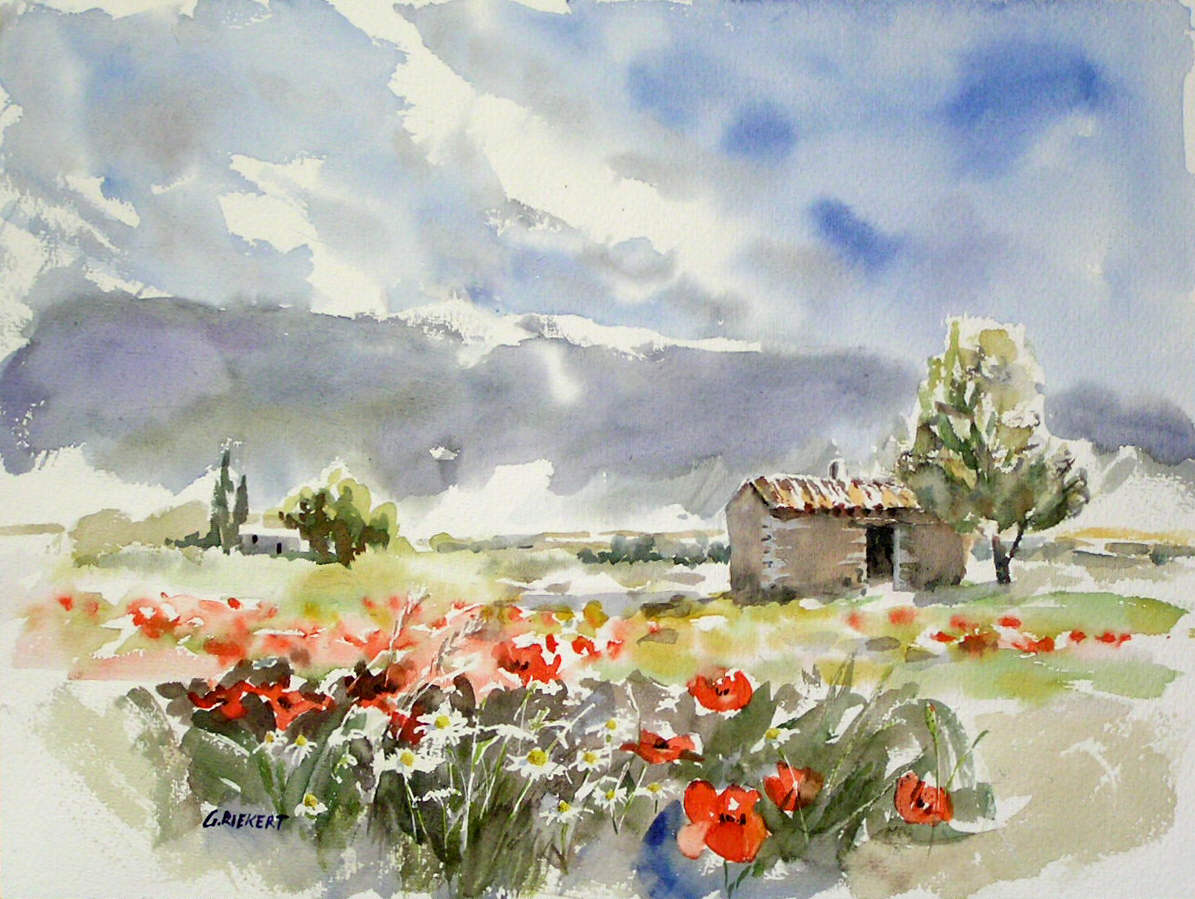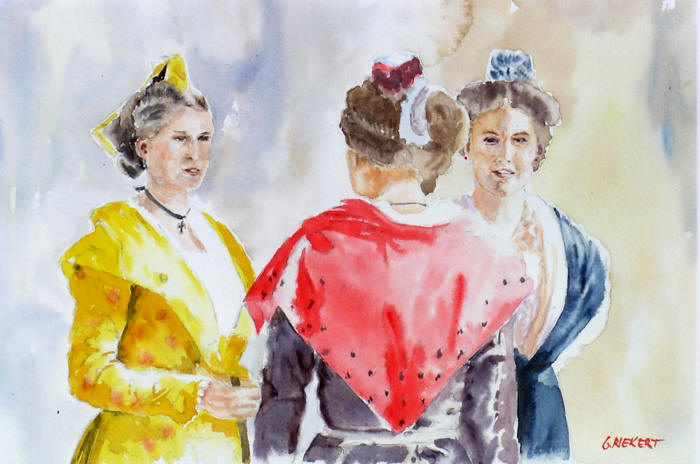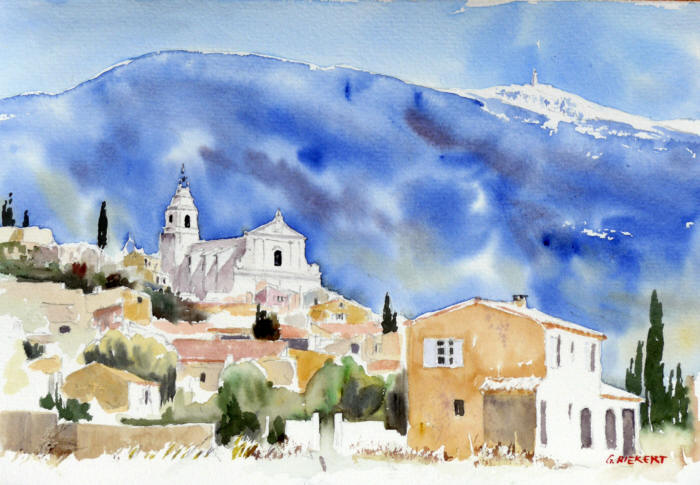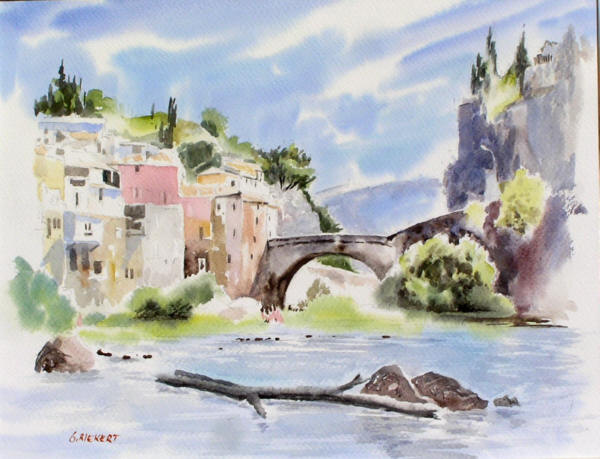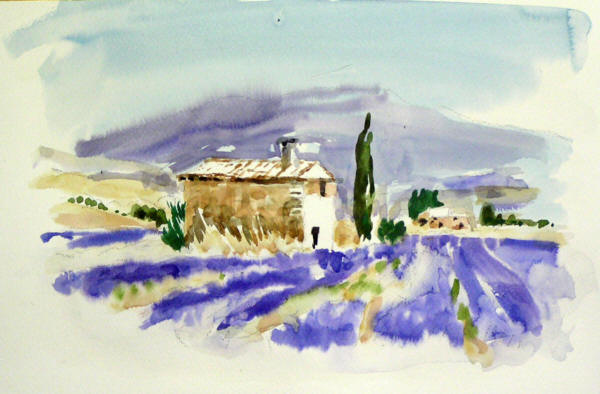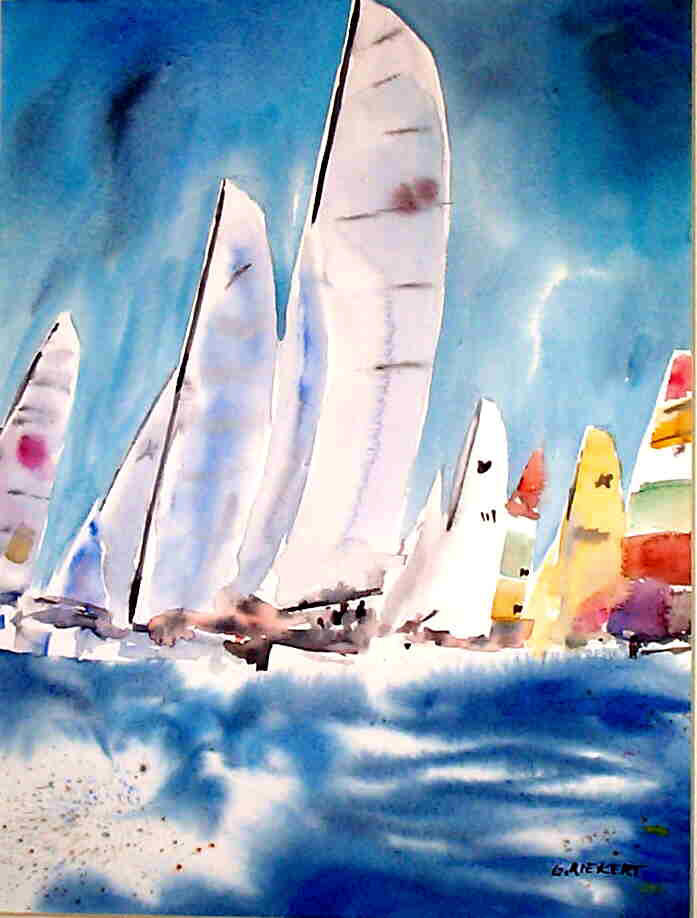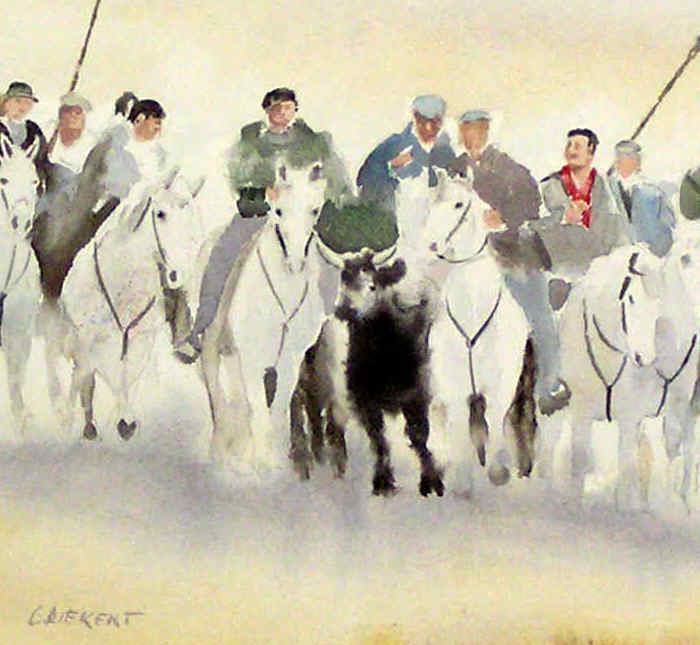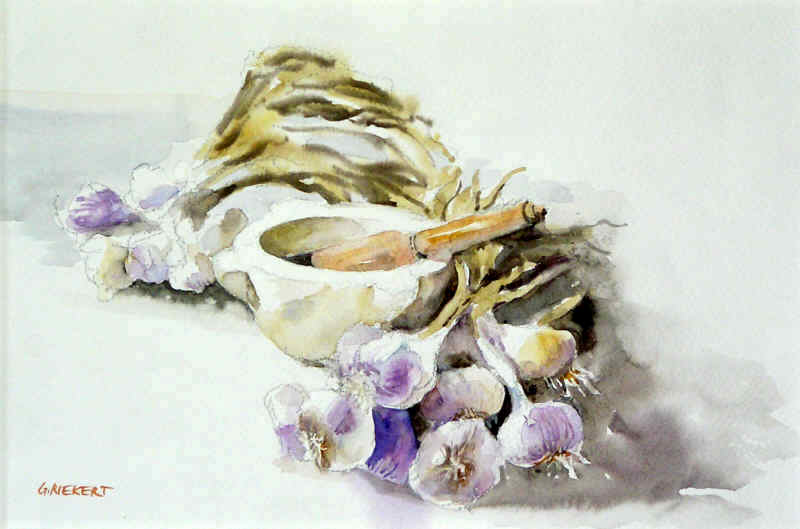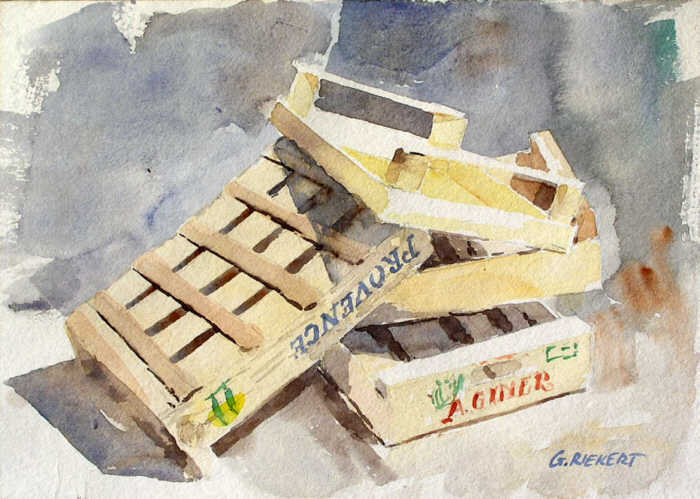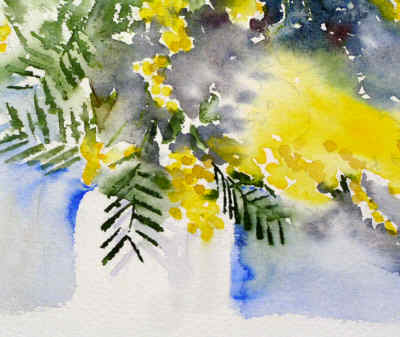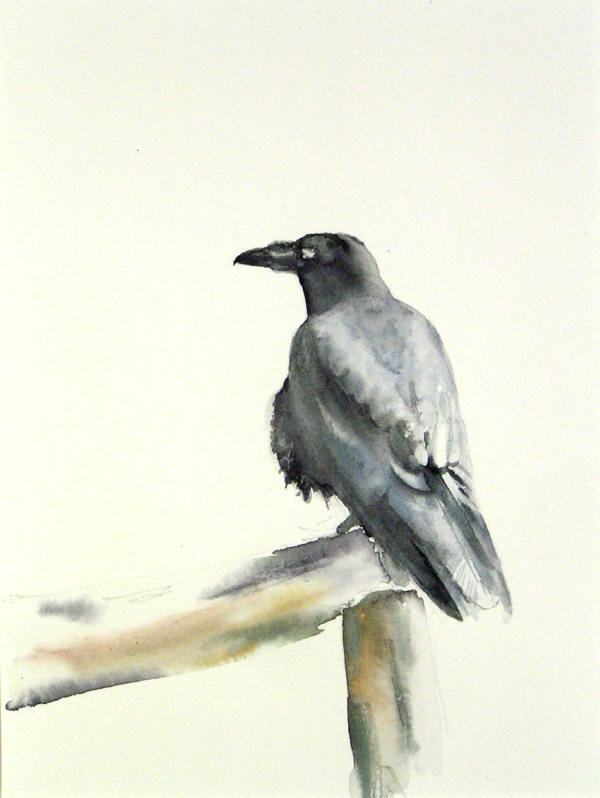Etudes de Mimosa
16 February, 2011
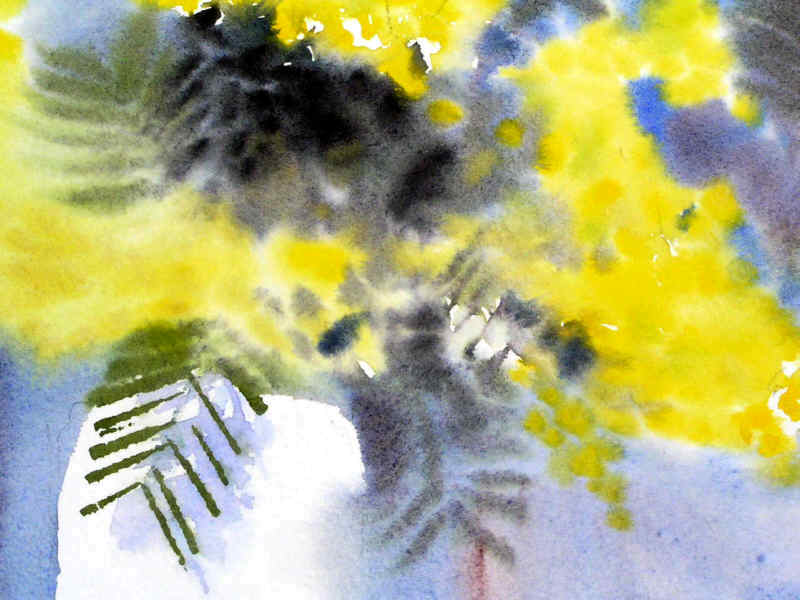 Mimosa fleurs, aquarelle – watercolor, Hahnemühle 300 g/m²
Mimosa fleurs, aquarelle – watercolor, Hahnemühle 300 g/m²
- C’est le moment, comme chaque année, de peindre des mimosas. Faites des essais sur des papiers différents et variez la technique: sur le sec, humide ou papier mouillé. Plus important que la technique est la composition: ne collez pas trop à la réalité si vous travaillez d’après photos (c’est vrai les mimosas ne tiennent pas longtemps en vase.)
- It’s time to paint again mimosa. Try different brands of paper and vary technique: paint on dry, humid and wet. More important than technique is composition. Don’t get trapped by reality if you paint from photos (mimosas are fading very quickly in a vase)
- Jetzt ist wieder Zeit – wie jedes Jahr – Mimosen zu malen. Machen Sie Versuche auf verschiedenen Papiersorten und variieren Sie die Technik: Trockenpinsel, trocken auf feucht und feucht auf nass. Wichtiger als Technik ist aber die Komposition. Kopieren Sie nicht das Modell, vor allem wenn sie nach Photos arbeiten (die Blumen halten ja nicht lange in der Vase)
le pont romain, Vaison la Romaine
14 October, 2010
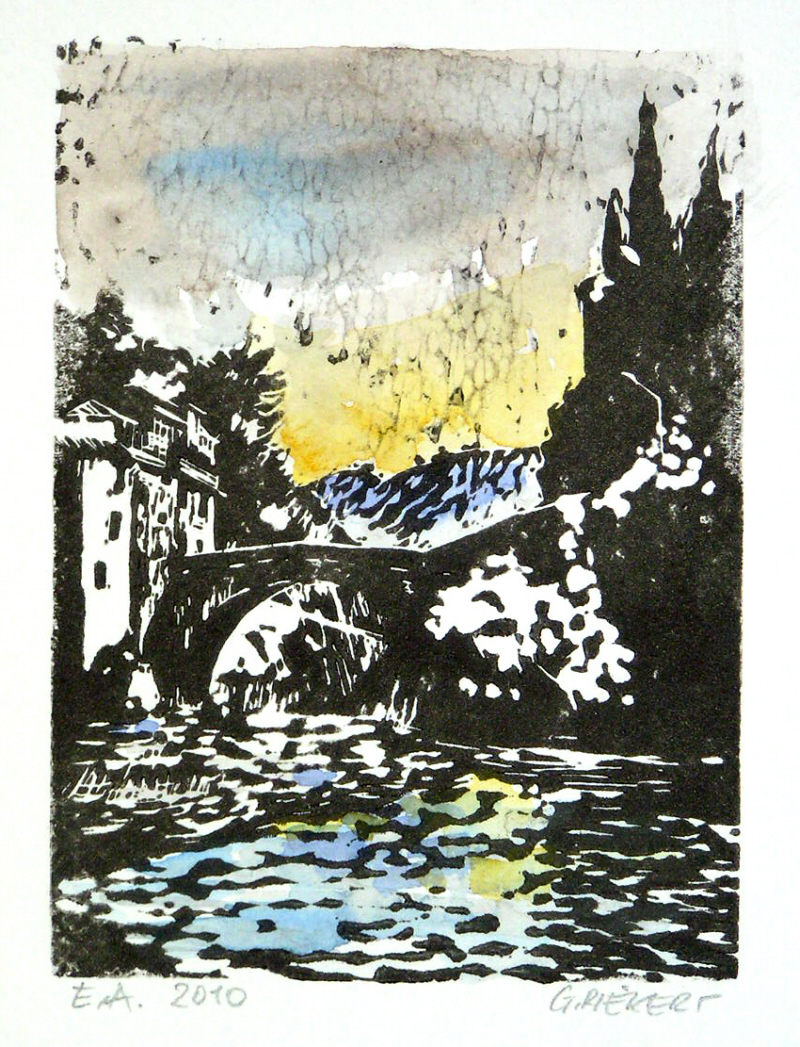 Pont romain Vaison la Romaine, linogravure aquarellée, 18 x 13 cm
Pont romain Vaison la Romaine, linogravure aquarellée, 18 x 13 cm
- Pour faire une gravure il faut inverser l’image. La plaque est couverte d’une fine couche de gouache blanche. Une copie noir et blanc du motif est très utile pour vérifier l’image.
- You have to cut the the linoplate mirror inverted. A thin layer of white gouache is useful to draw on the brown lino plate. I am using an inverted black and white copy of the image to control the drawing.
- Der Druckstock muss spiegelbildlich geschnitten werden. Man überzieht die braune Platte mit weißer Deckfarbe (Gouache), um die Zeichnung besser zu sehen. Eine gespiegelte schwarz-weiß Kopie hilft beim kontrollieren der Linoleumplatte.
Tempête de neige – Blizzard – Schneesturm
08 January, 2010
Aquarelle – watercolor on Canson Fontenay 300 g/m², 36 x 48 cm
- Le temps à Mormoiron est particulièrement hivernale depuis une semaine : brouillard, givre, neige…L’aquarelle ci-dessus essaye de rendre le sentiment de froid et du vent. J’ai peint d’abord le fond avec le bleu phtalo et outremer et un peu de terre d’ombre naturelle. Dans la peinture mouillée j’ai rajouté du sel fin qui a crée un effet tacheté. Les chiens et le personnage ont été peints avec ocre jaune et rouge indien dans le mouillé et ensuite au sec quelques contours ont été précisés. Comme modèle j’ai utilisé une photo d’un photographe français.
Question : quel est le nom du photographe qui a prise cette photo? (le premier qui donne la bonne réponse reçoit une aquarelle hivernale)
- Since one week the weather here in Mormoiron is especially hibernal: Fog, hoarfrost and snow. The watercolor painting above tries to render the feeling of cold and wind. I first painted the background with phtalo- and ultramarine blue and a little bit of raw umber. In the wet painting I sprinkled some salt to create the mottled structure. The huskies and the musher were painted with yellow ochre, Indian red and ultramarine blue on damp paper. Some contours have been defined on dry paper. The reference photo I used was taken by a French photographer.
Question: who is the author of this photo? (The first right answer gets a winter watercolor)
- Seit einer Woche ist das Wetter in Mormoiron besonders winterlich: Nebel, Raureif und Schnee. Das obige Aquarell versucht die Stimmung von Kälte und Schneesturm wiederzugeben. Zuerst malte ich den Hintergrund mit Phtalo- und Ultramarinblau und etwas Umbra natur. Auf die noch feuchte Farbe streute ich etwas Salz, um die marmorierte Struktur zu erzielen. Die Schlittenhunde und der Musher wurden mit Ocker, Caput mortuum und Ultramarin auf feuchtes Papier gemalt. Nach dem Trocknen habe ich die Silhouetten hier und dort noch etwas präzisiert. Das Vorlagebild wurde von einem französischen Fotografen aufgenommen.
Quizfrage: wie heißt der Autor des Fotos, das hier als Vorlage diente? (Wer die erste richtige Antwort gibt, bekommt ein Winteraquarell)
Mas aux lavandes, Sault
21 July, 2009
Clocher de Mormoiron
04 May, 2009
- S’occuper à la fois du dessin, de valeurs tonales, de la composition et en plus de la couleur est souvent trop demandé aux aquarellistes débutant(e)s. Autant que nous sommes pressés par le temps car le papier et les couleur sèchent vite. Alors pourquoi ne se limiter de temps en temps à une seule de ces exercices. Les résultats peuvent être plus forts que si vous essayez de réaliser tout à la fois en panique.
- To deal at the same time with drawing, tonal values, composition and color is often too much for the (beginning) watercolour painter. Additionally time is running short as the paper dries quickly. So why not do this step by step? Try it and you will see that the results are better than do everything at the same time.
- Wenn man sich um Zeichnung, Tonwerte, Komposition und Farbe gleichzeitig kümmern soll, ist der Aquarellist (nicht nur der Anfänger) oft überfordert. Vor allem da sich das Ganze unter Zeitdruck abspielt, denn Papier und Farben trocknen schnell. Warum also nicht einmal die ganze Prozedur in einzelnen Schritten ausführen? Versuchen Sie es und Sie werden sehen, dass die Ergebnisse überzeugender sind.
Lavis de sépia sur papier aquarelle Fabriano, 20 x 30cm
- Si vous êtes dans le coin ne manquez pas les expos suivantes à Saint Cyr sur Mer (Var):
- If you are in the area don’t miss the following watercolor exhibitions in Saint Cyr sur Mer (Var):
- Falls sie in der Gegend sind versäumen Sie nicht die folgenden Aquarell-Ausstellungen in Saint Cyr sur Mer (Var):
avec entre autres Ewa Karpinska et Janine Gallizia.
